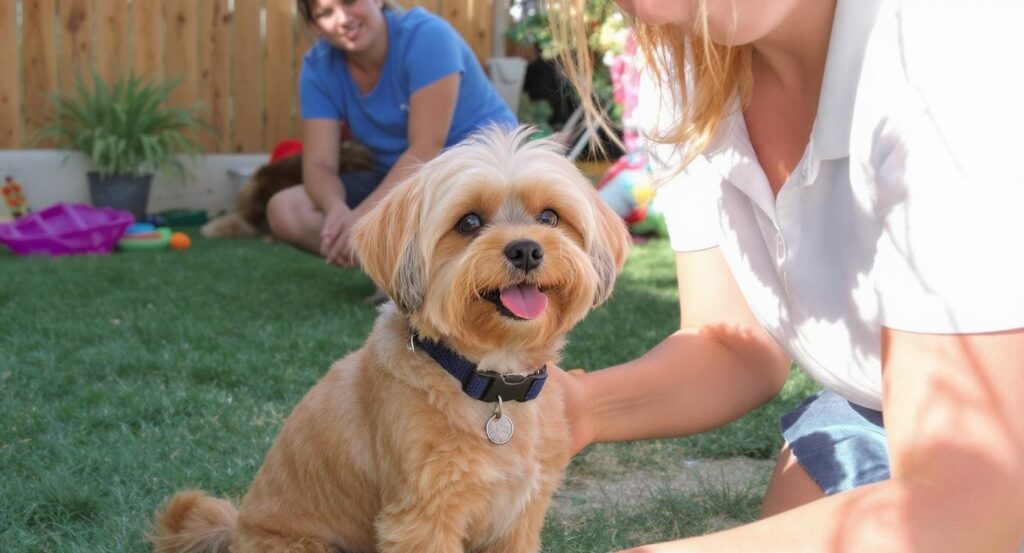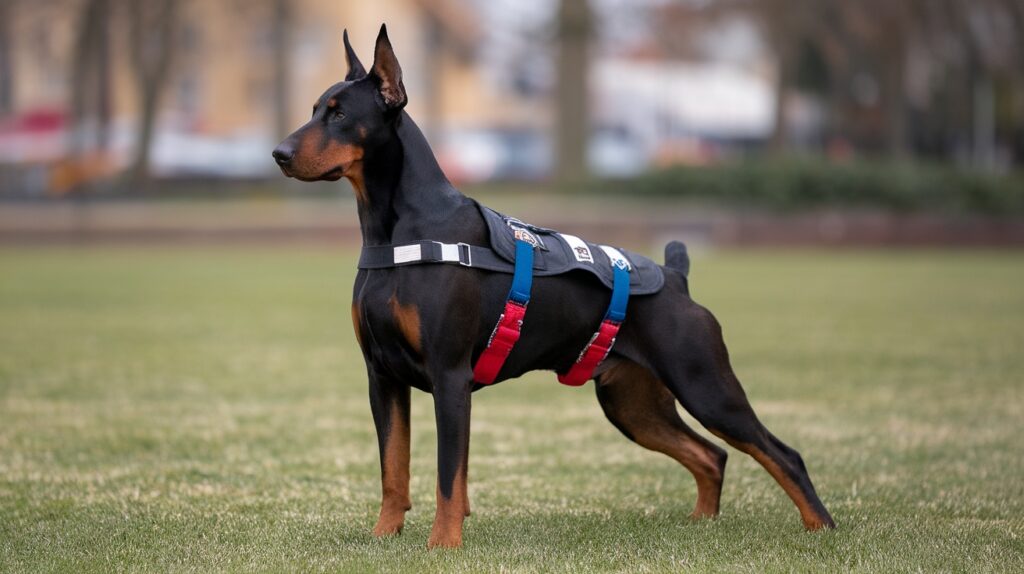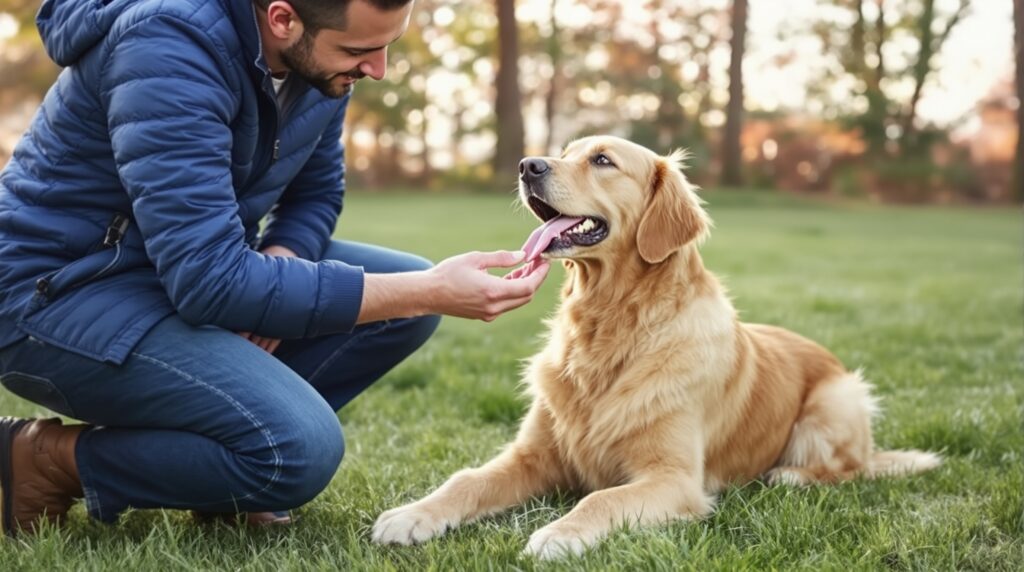Training a Havanese is about more than just teaching sit or stay. The way you guide their social experiences shapes their confidence, manners, and how comfortable they feel in daily life.
When you focus on positive socialization, you help your Havanese grow into a friendly, well-adjusted companion.
Small, steady steps can make a big difference. Early introductions to new people and pets, plus calm outings in fresh environments, all help build a smoother training journey.
Each habit you practice strengthens your dog’s behavior and deepens the bond you share.
Start socializing your Havanese puppy early to build confidence
Start socializing your Havanese as soon as you can. Puppies have a key learning window between about 3 and 16 weeks old.
During this stage, they’re more open to new people, sounds, and places. Take your puppy to safe spots where they can meet different people.
Keep these experiences chill and positive so your pup feels secure. Even a short visit to a friend’s house or a stroll in a quiet park helps.
Let your Havanese meet other friendly dogs. Puppy playdates or supervised classes show them how to interact without getting scared.
Make sure the other dogs are gentle and vaccinated. Expose your puppy to normal sights and sounds like car rides, vacuum cleaners, or doorbells.
When you do this early, your Havanese learns these things are just part of life—not scary at all. Keep sessions short and fun.
End on a positive note with praise or a little treat. That way, your puppy connects new experiences with good feelings and builds real confidence.
Use positive reinforcement like treats and praise consistently.
When you train your Havanese, reward good behavior right away. A tiny treat, a happy word, or a gentle pat works wonders.
Be consistent with rewards so your dog links the action to the outcome. If you only reward sometimes, your Havanese might get confused and tune out.
Treats are great for teaching something new, but you don’t always need food. Simple praise or affection motivates your dog once they know what you want.
Keep training sessions short and upbeat. That way, your Havanese stays interested and thinks training is fun—not a chore.
Over time, your dog will start repeating the behaviors that earn rewards. Using praise and treats regularly helps good habits stick.
Introduce your dog to different people and pets gradually
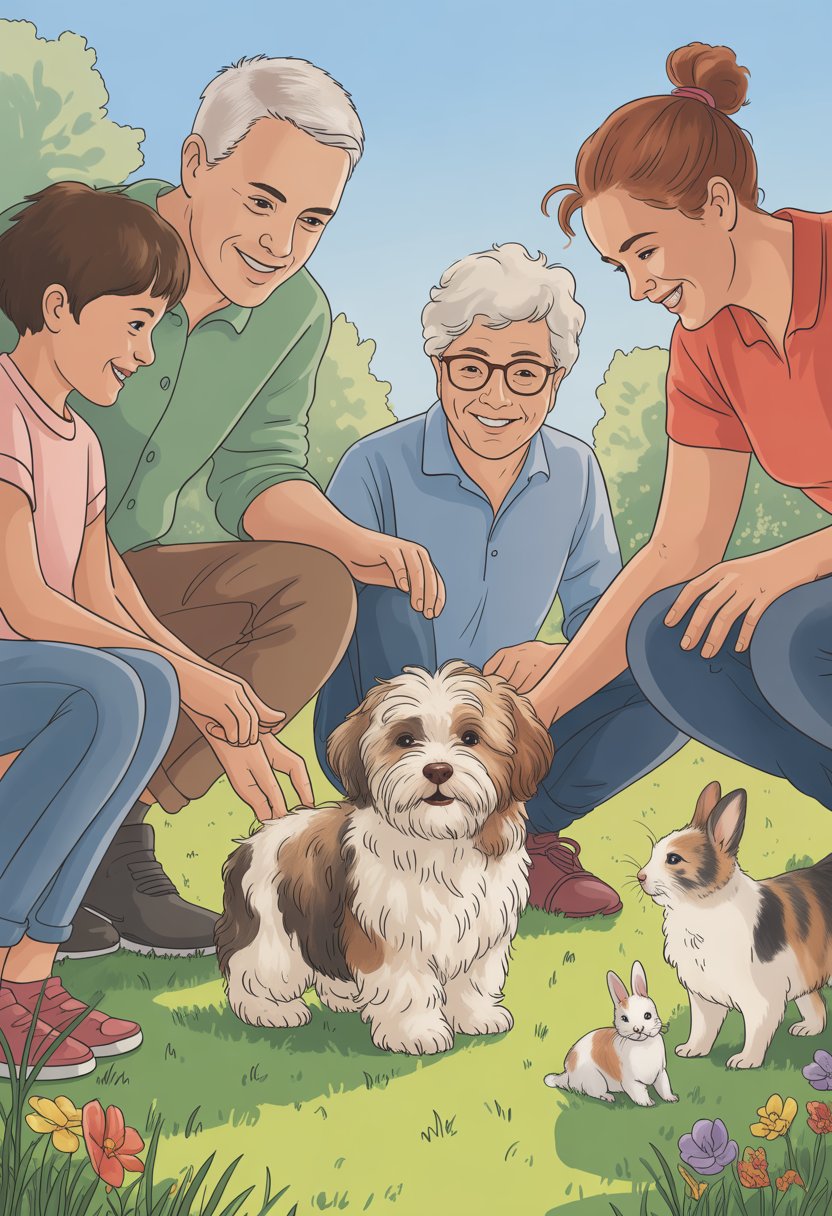
Begin with calm, friendly people in a quiet spot. Keep first meetings short so your dog doesn’t get overwhelmed.
Praise and reward them for staying relaxed. Once your dog feels okay, add more variety.
Invite friends of different ages or looks so your pup learns people come in all shapes and sizes. Let your dog approach at their own pace.
When it’s time to meet other pets, start with one calm dog in a neutral place like a park. Keep both dogs on leash and watch their body language.
Give them space if either seems unsure. As your Havanese gets more comfortable, try busier spots or small playdates with trusted dogs.
Go slow and use treats, praise, and breaks when needed.
Enroll in puppy classes for controlled social experiences
Puppy classes give your Havanese a safe spot to meet other dogs and people. The setup is structured, so you don’t have to worry about chaos or danger.
Trainers guide the interactions, helping your puppy build confidence. You also get to practice basic manners with distractions around.
This helps your puppy learn to listen even with other dogs nearby. Sessions are usually short, so your puppy won’t get too tired.
Classes give you a chance to ask questions and get advice from a pro. If your puppy acts shy or gets too excited, a trainer can offer tips.
This support makes training less stressful for everyone.
Expose your Havanese to various environments safely and calmly
Help your Havanese grow more confident by introducing them to new places in a calm way. Start with quiet spots before moving to busier places.
Take your pup to different settings like a friend’s house, a pet-friendly store, or a park. Keep each visit short at first so your dog can adjust.
Bring treats and reward calm behavior when your Havanese explores somewhere new. This helps them link new places with good things.
Watch your puppy’s body language. If they seem nervous, let them take their time.
Avoid crowded or noisy areas until your puppy gets more practice in calm settings. Gradual exposure helps them handle new situations later.
Safety matters—make sure your Havanese is up to date on vaccines before visiting places with other dogs.
If you stay relaxed, your puppy will pick up on your mood. Your calm attitude tells your Havanese that new environments are safe.
Keep socialization sessions short but frequent for best results
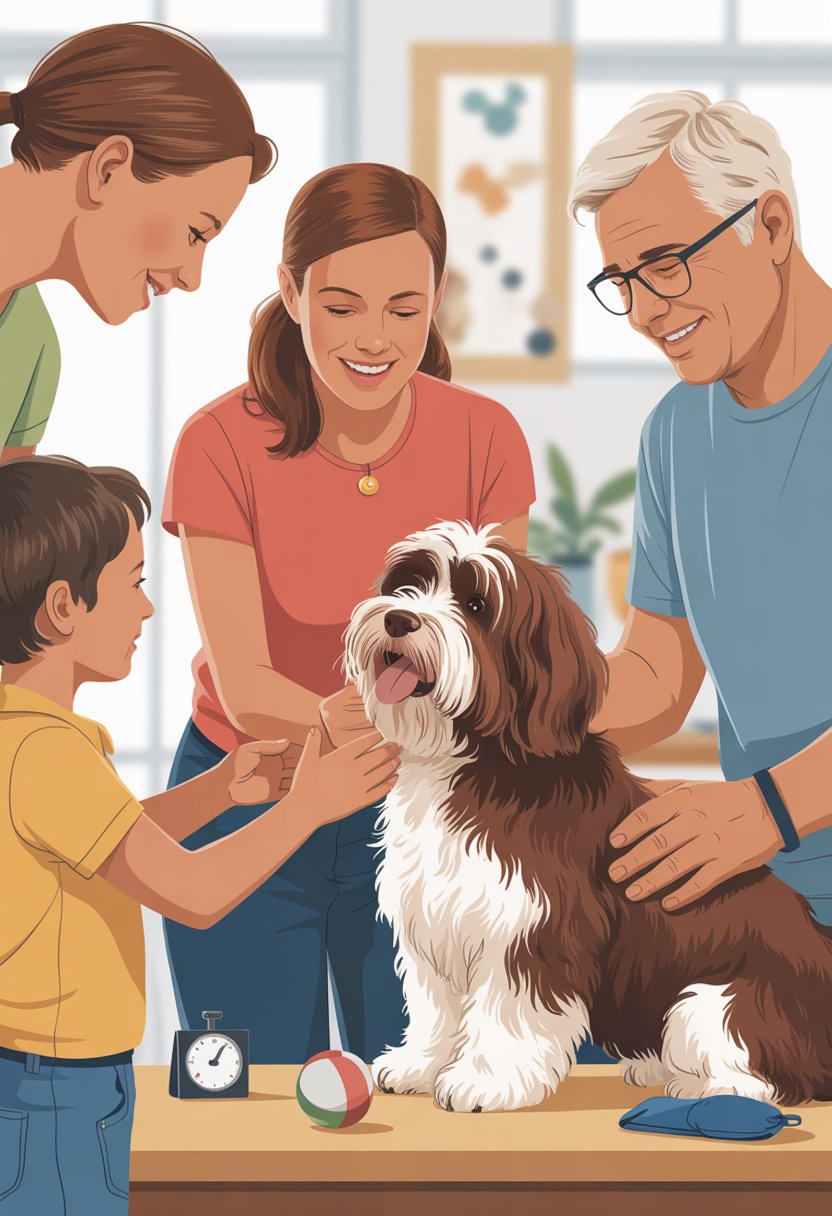
Your Havanese puppy learns best in small bursts. Long sessions can overwhelm them, but short ones keep their attention and make things fun.
Aim for just a few minutes at a time. Repeat these short sessions a few times throughout the day.
This way, your puppy gets plenty of practice without stress. Frequent exposure helps your puppy get used to different people, sounds, and places.
Keeping it short makes each experience easier to handle. Think of it like building a habit—the more you practice, the more natural it feels for your puppy.
Use a variety of toys and treats to make training fun
Keep your Havanese excited about training by mixing up the rewards. Switch between small treats, favorite toys, and quick play sessions.
Variety keeps your pup interested and eager to learn. Pick soft, bite-sized treats your dog can eat fast to keep training moving.
Try healthy options like bits of fruit, veggies, or cooked meat. Toys work well for playful dogs—a quick tug or game of fetch can be just as rewarding as food.
Rotate toys to keep things fresh. Use both toys and treats depending on what you’re teaching.
Treats might work best for new skills, while toys keep energy up during longer sessions. Changing up rewards makes training feel like a game, not a job.
Your Havanese will look forward to each session and stay motivated.
Be patient and gentle; harsh corrections don’t work well.
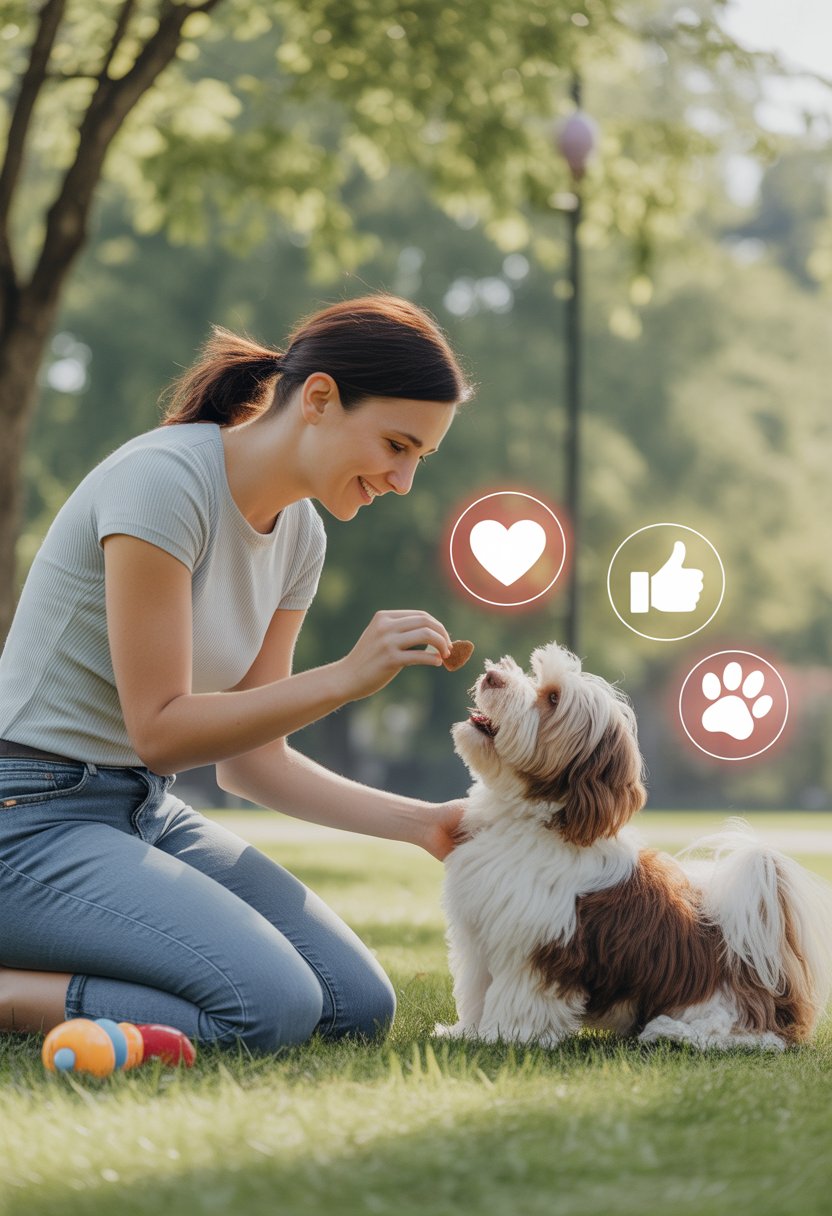
Your Havanese learns best when you guide with patience and steady actions. If you yell or act harshly, your dog might get anxious or confused.
Gentle corrections—like redirecting to a toy or calmly repeating a command—work better than punishment. This keeps training positive and helps your dog stay open to learning.
When you stay calm, your Havanese pays more attention. Dogs notice your tone and body language, so keeping both relaxed helps your message land.
Think of training as teaching, not scolding. If your dog messes up, just show the right behavior again.
Consistency and kindness build trust. Over time, your dog will respond faster and with more confidence because it knows what to expect from you.
Understanding Havanese Social Behavior
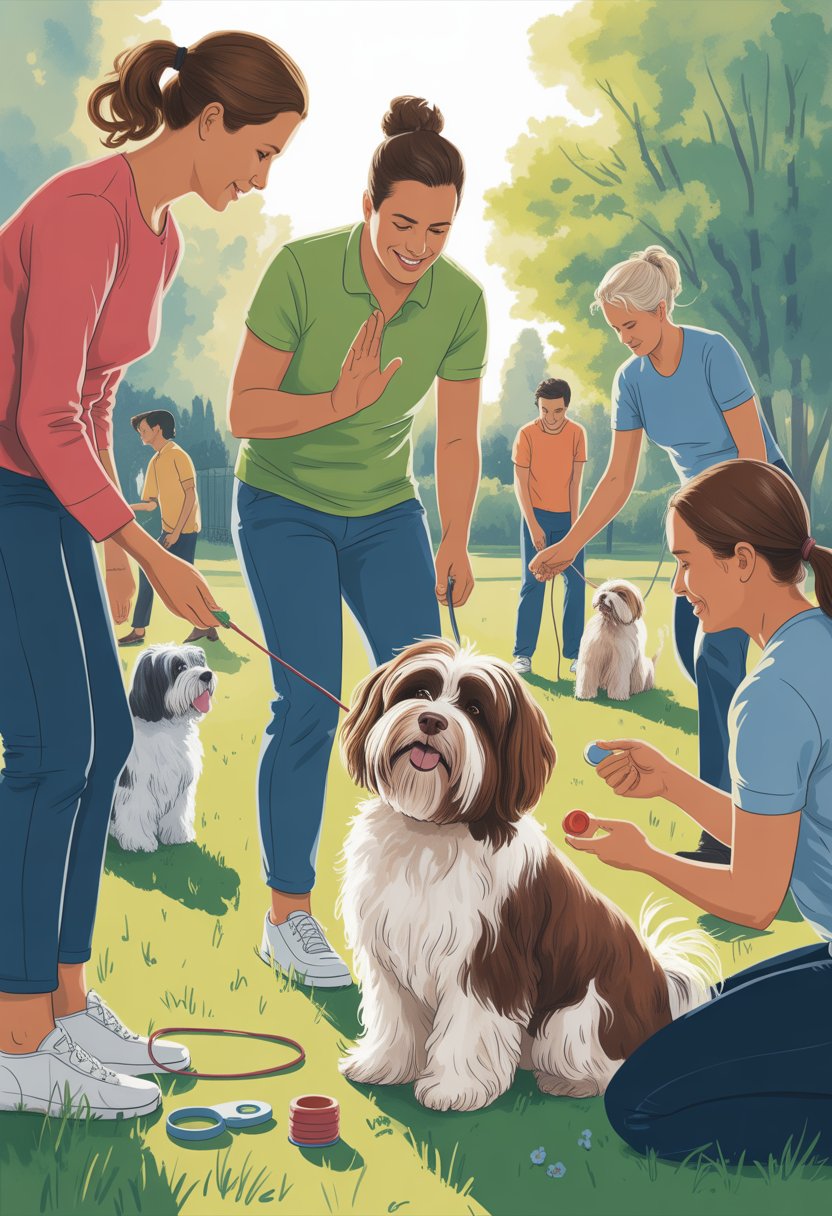
Your Havanese thrives on interaction. They learn best when you guide them through positive, steady experiences.
Their natural curiosity and sensitivity mean they need the right mix of new things and reassurance.
Why Early Socialization Matters
If you start socializing your Havanese early, you give them a real shot at feeling comfortable with new sights, sounds, and people. Puppies between 8–16 weeks are especially open to learning.
This is the sweet spot for introducing them to different environments. Early exposure helps prevent shyness and fear-based behaviors later on.
For example, a puppy that meets calm kids, friendly dogs, and visits quiet public places is more likely to handle busy situations as an adult.
Focus on variety, not just repetition. Take your puppy on short car rides, let them walk on different surfaces, and allow them to hear daily noises like the vacuum.
Each good experience builds confidence. Always keep it safe and rewarding.
Use treats, praise, or play to mark good behavior so your puppy links new experiences with positive outcomes.
Common Social Challenges in Havanese
Havanese are affectionate and love being around people. If you don’t teach them to be comfortable alone, though, they can get a little too clingy.
This can easily lead to separation anxiety. You might notice barking, whining, or even destructive chewing when you leave the house.
Some Havanese act a bit wary around strangers or unfamiliar dogs. It’s not aggression—just hesitation and a little uncertainty.
With gentle introductions and some patience, your dog will usually start to relax.
They also have a habit of barking when they’re excited or nervous. You can work on this by rewarding calm behavior and distracting them before the barking kicks in.
To make socialization less stressful, keep sessions short and positive. Here’s a quick checklist:
- New people: adults, kids, visitors
- Other animals: calm dogs, maybe a cat
- Environments: parks, sidewalks, quiet stores
- Sounds: traffic, appliances, doorbells
Building Positive Experiences
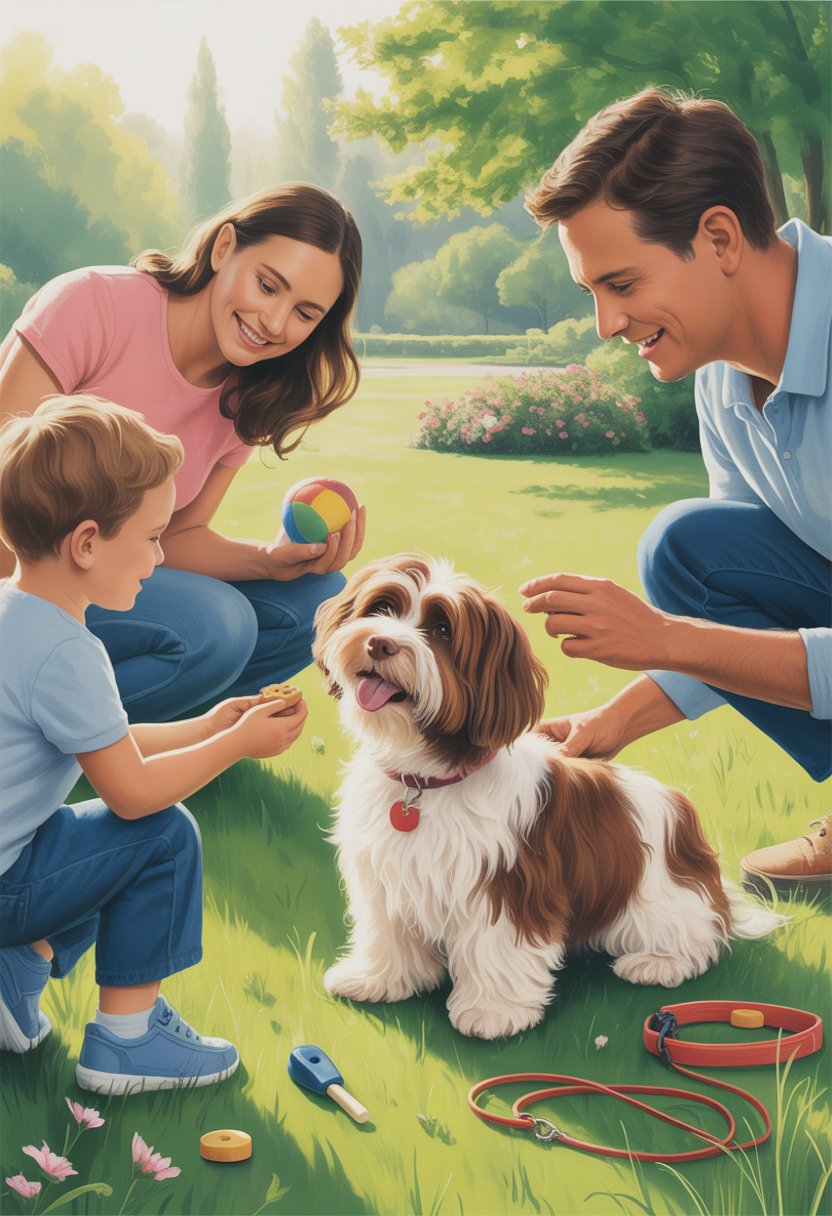
Your Havanese learns best when new situations feel safe and fun. If you focus on calm environments and use positive reinforcement, your dog gains confidence instead of fear.
Safe Socialization Environments
Choose spots where your Havanese can meet people and animals without getting overwhelmed. Maybe start in a quiet backyard or a calm park before trying busier places.
Keep those first introductions short. Watch your dog’s body language—if you see a loose posture and a wagging tail, that’s a good sign. A tucked tail or stiff movements? Time to back off and give them space.
It’s good to mix things up, but keep it manageable. For example:
- People: Invite friends over one at a time.
- Dogs: Set up playdates with mellow pets.
- Environments: Walk in new neighborhoods or check out pet-friendly stores.
If you slowly introduce your dog to new things, you’ll help them handle different situations without all that anxiety. Isn’t that what every dog owner wants?
Reinforcing Good Behavior with Rewards
Use rewards to show your Havanese that good behavior pays off. Treats, praise, and gentle petting all work well.
Keep rewards small and frequent. That way, your dog stays motivated without getting distracted.
Timing really matters here. Give the reward right after the behavior you want, like sitting calmly when meeting someone new.
This helps your dog connect the dots. The link between the action and the reward gets clearer in their mind.
Mix up the rewards so your dog doesn’t get bored. Try rotating between tiny food treats, verbal praise, or playtime with a favorite toy.
Skip the scolding or punishment during socialization. Negative reactions can make your dog nervous and set back your progress.
Stick with positive reinforcement. That’s how your Havanese builds trust and confidence in every new setting.

